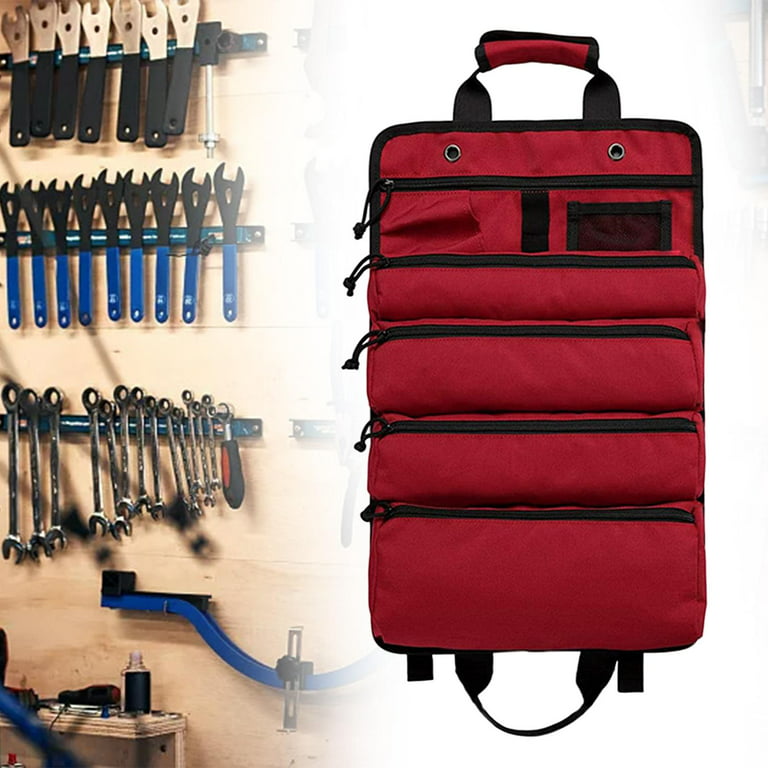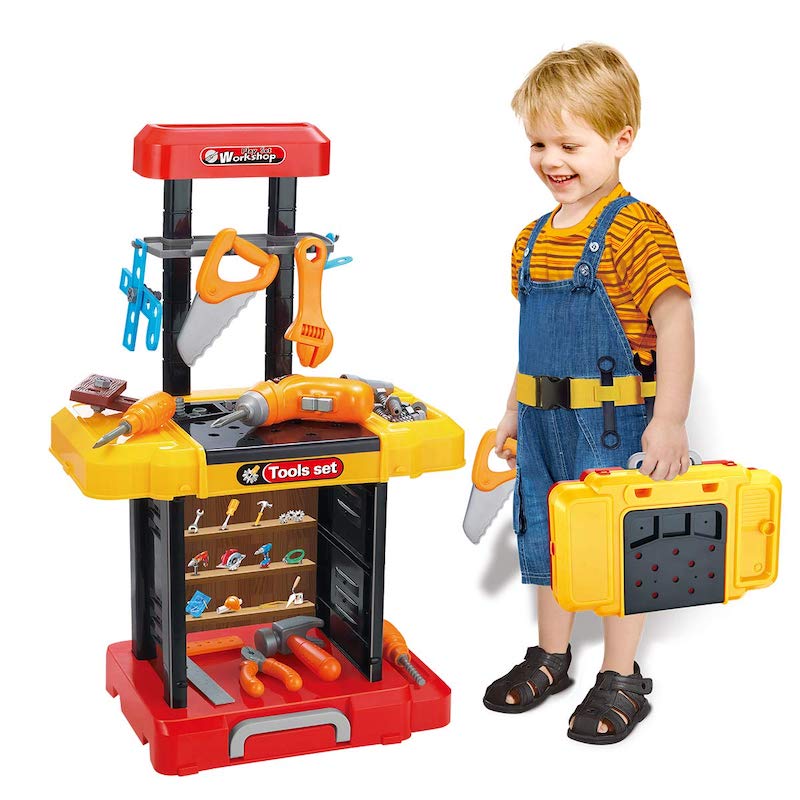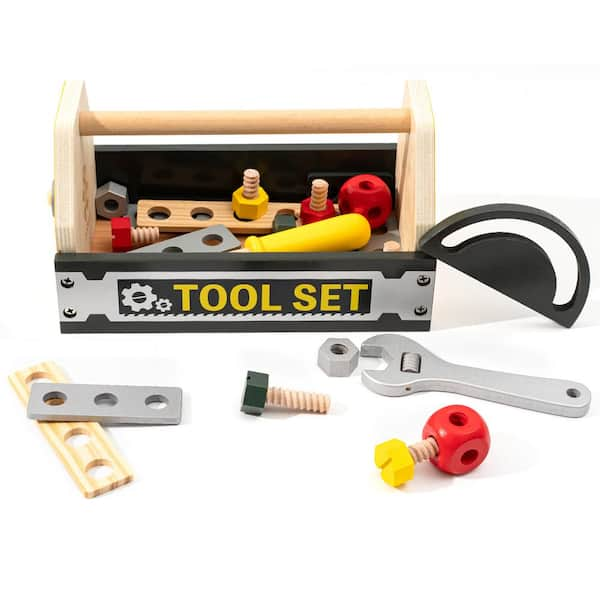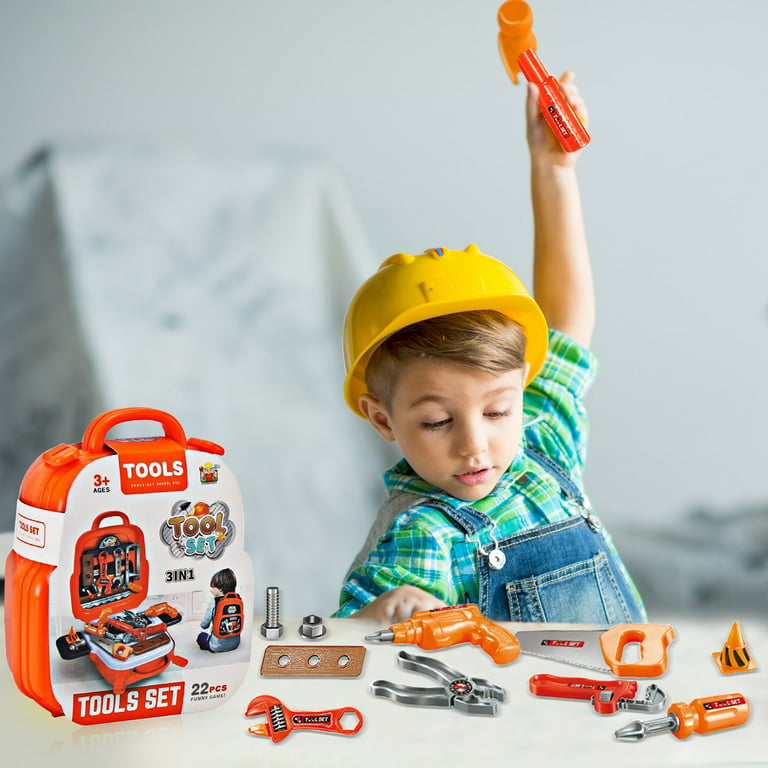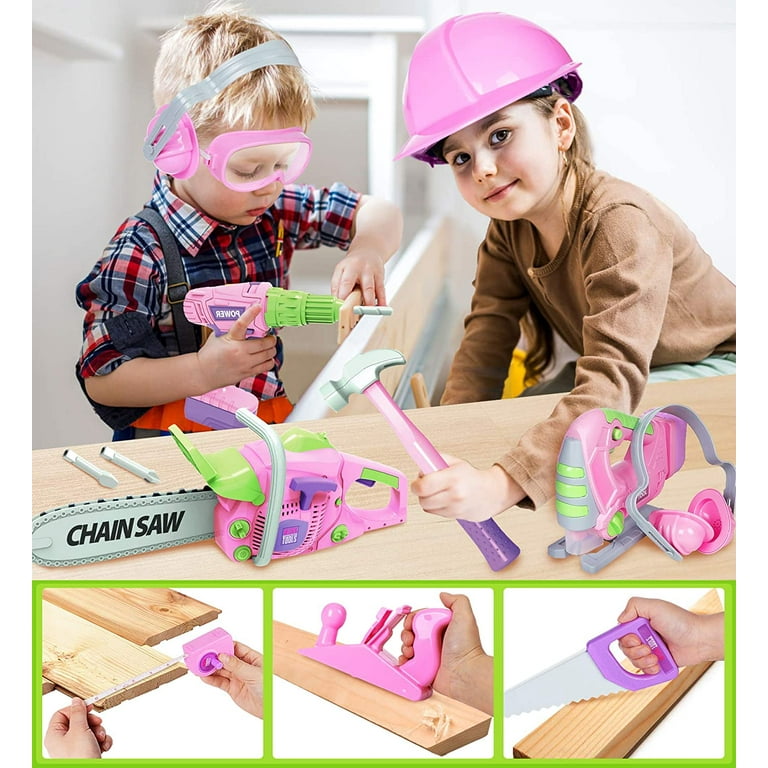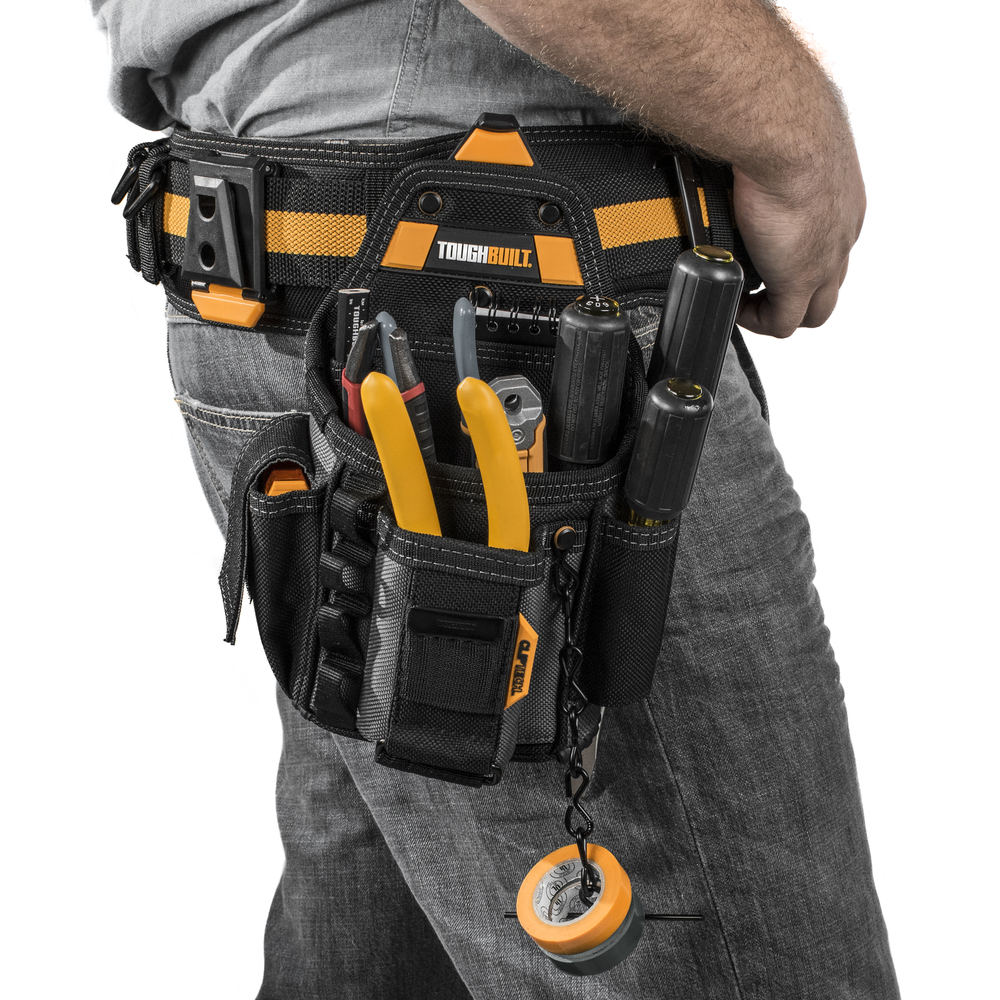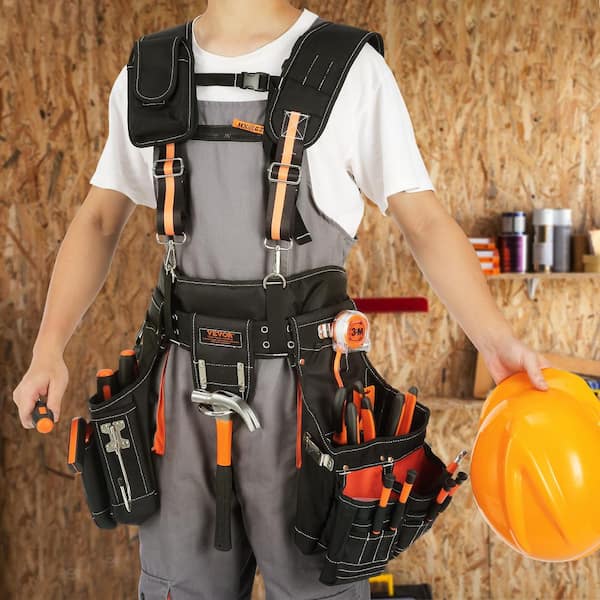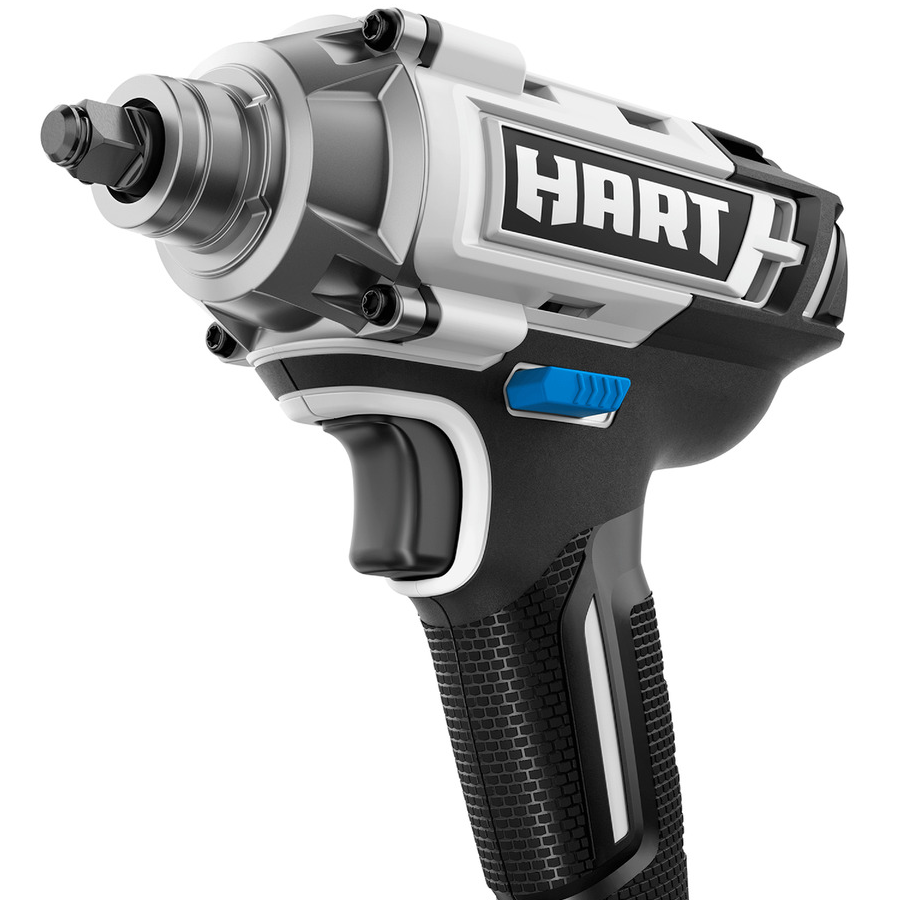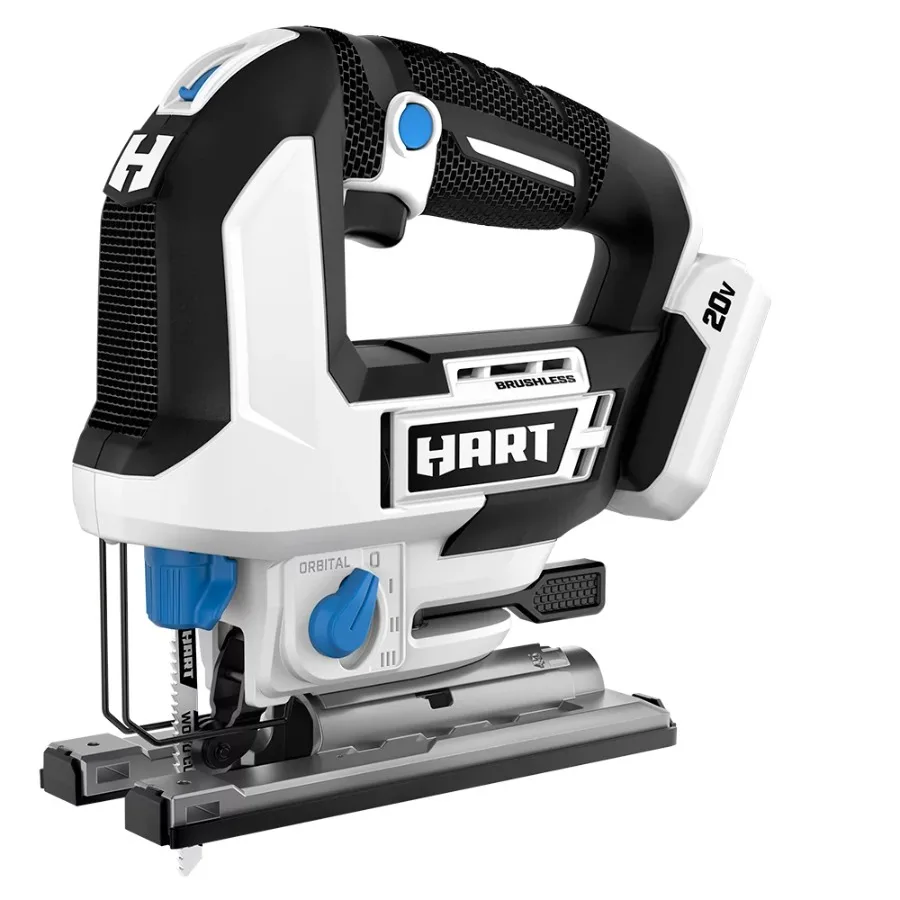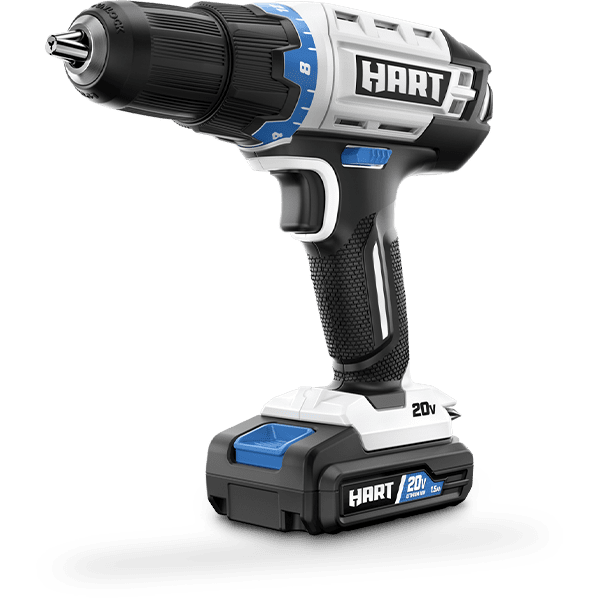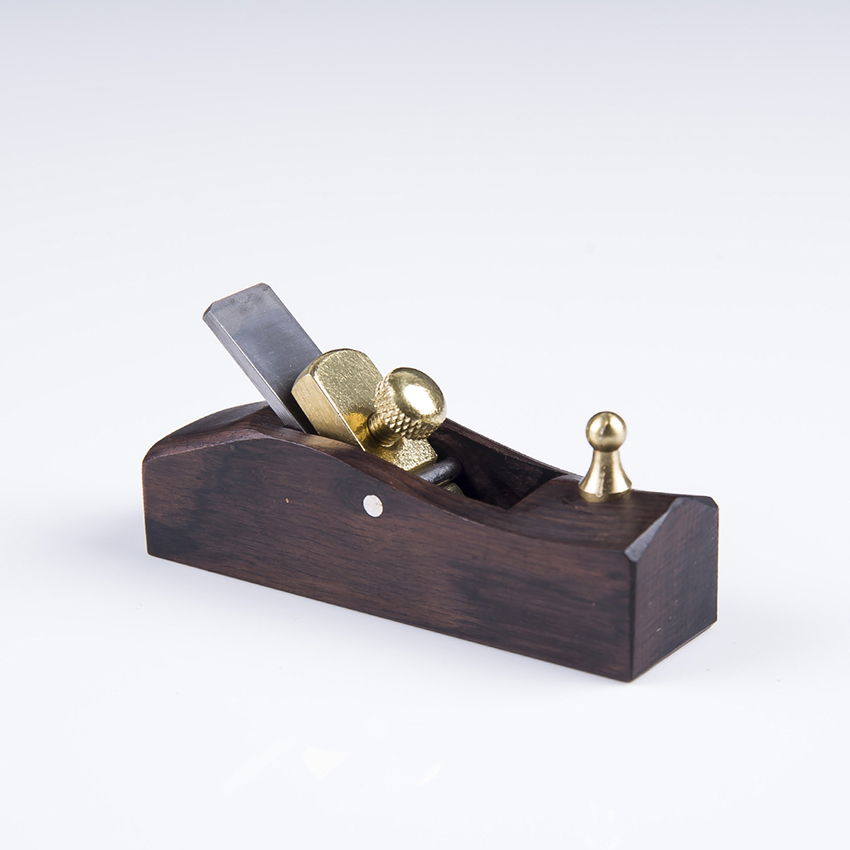Tool Bag Organizer: Keeping Tools Organized and Accessible
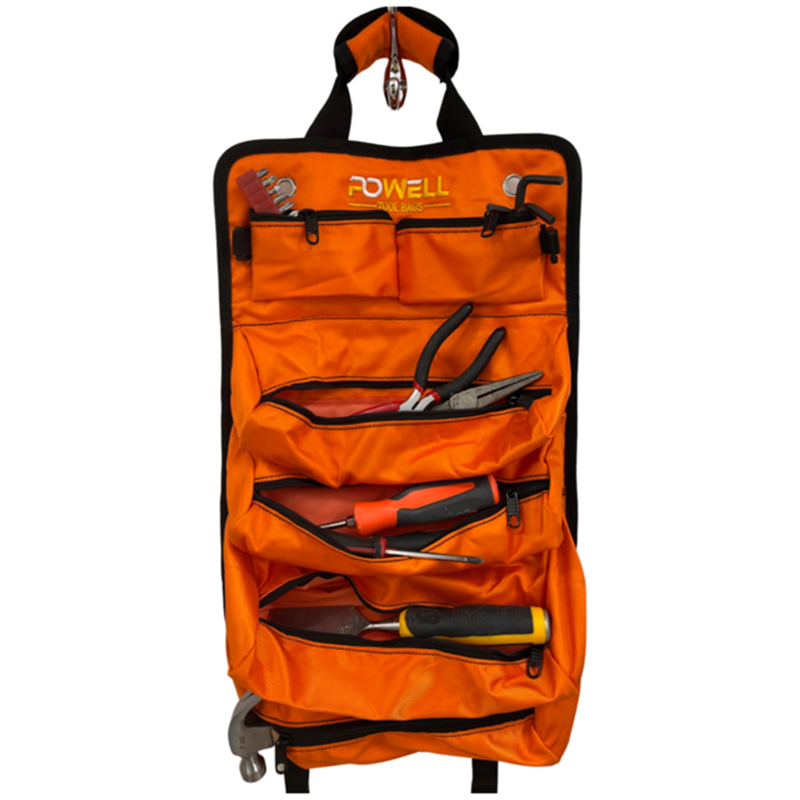
Introduction
Whether you are a professional handyman, a do-it-yourself enthusiast, or simply someone who loves to have easy access to all your tools, a tool bag organizer is an essential item to keep your tools organized and easily accessible. In this comprehensive guide, we will explore the various types of tool bag organizers available, the benefits of using them, and how to choose the right one for your needs.
Part 1: Types of Tool Bag Organizers
Level 1: Soft-sided Organizers
Soft-sided tool bag organizers are made of durable fabric materials such as canvas or nylon. They often feature multiple pockets and compartments for organizing various tools and accessories. These organizers are lightweight and portable, making them ideal for professionals who need to carry their tools to different job sites.
Level 2: Hard-sided Organizers
Hard-sided tool bag organizers are constructed from rigid materials such as plastic or metal, providing more protection for your tools. They often come with customizable dividers, allowing you to create specific compartments for different tools. These organizers are great for keeping delicate or expensive tools safe during transportation.
Part 2: Benefits of Using Tool Bag Organizers
Level 1: Organization
One of the primary benefits of using a tool bag organizer is the ability to keep your tools neatly organized. With designated compartments and pockets, you can easily find the tool you need without rummaging through a cluttered bag. This not only saves time but also reduces the risk of misplacing or losing tools.
Level 2: Protection
In addition to organization, tool bag organizers provide protection for your tools. Soft-sided organizers prevent tools from bumping into each other during transport, while hard-sided organizers offer additional protection against impact and damage. This can extend the lifespan of your tools and save you money in the long run.
Part 3: Choosing the Right Tool Bag Organizer
Level 1: Size and Capacity
When choosing a tool bag organizer, consider the size and capacity that will best suit your needs. If you have a large collection of tools, you may need a larger organizer with multiple compartments. On the other hand, if you only carry a few essential tools, a smaller organizer will suffice.
Level 2: Portability and Comfort
Another factor to consider is the portability and comfort of the tool bag organizer. Look for organizers with padded shoulder straps or handles for easy carrying. Additionally, lightweight materials and ergonomic designs can make a big difference, especially if you need to carry your tools for extended periods.
Part 4: Tips for Maintaining a Tool Bag Organizer
Level 1: Regular Cleaning
To keep your tool bag organizer in top condition, it’s important to regularly clean it. Remove any debris or dirt from the pockets and compartments, and wipe down the exterior with a damp cloth. This will prevent buildup of grime and prolong the lifespan of the organizer.
Level 2: Proper Storage
When not in use, store your tool bag organizer in a clean, dry place away from extreme temperatures and moisture. This will prevent mold and mildew from forming and ensure that the organizer remains in good condition.
Part 5: Innovative Features of Tool Bag Organizers
Level 1: Modular Systems
Some tool bag organizers feature modular systems that allow you to customize the layout of compartments and pockets based on your specific needs. This flexibility makes it easy to adapt the organizer to different types of tools and accessories.
Level 2: Integrated LED Lights
A growing trend in tool bag organizers is the integration of LED lights. These built-in lights provide illumination inside the bag, making it easier to locate tools in low-light conditions such as attics or basements.
Part 6: Design and Durability of Tool Bag Organizers
Level 1: Ergonomic Design
When selecting a tool bag organizer, consider the design features that will make it easier to use and carry. Look for organizers with padded handles, adjustable straps, and ergonomic designs that distribute weight evenly. These features can reduce strain and discomfort while transporting your tools.
Level 2: Durability
Durability is a crucial factor when choosing a tool bag organizer. Opt for organizers made from high-quality materials such as heavy-duty nylon, reinforced stitching, and durable zippers. A durable organizer will withstand the wear and tear of regular use, ensuring that your tools remain secure and protected.
Part 7: Specialized Tool Bag Organizers for Specific Professions
Level 1: Electrician’s Tool Bag Organizer
Electricians often have unique tool requirements, and specialized electrician’s tool bag organizers are designed to accommodate these needs. These organizers typically feature specific compartments for items such as wire strippers, voltage testers, and cable cutters, providing easy access to essential tools for electrical work.
Level 2: HVAC Technician’s Tool Bag Organizer
HVAC technicians require specialized tools for heating, ventilation, and air conditioning systems. Tool bag organizers tailored to their needs often include compartments for items such as duct knives, refrigeration wrenches, and temperature gauges. These specialized organizers help HVAC technicians stay organized and efficient on the job.
Additionally, when making your purchasing decision, it’s advisable to read customer reviews and seek recommendations to ensure the chosen tool bag organizer aligns with your specific needs. Consider factors such as the types of tools you frequently carry, the environments in which you work, and the frequency of transportation. Customizable organizers with adjustable compartments may be more suitable for those with diverse tool collections, while individuals working in harsh conditions may prioritize durability and weather-resistant features.
Part 8: Cost and Value of Tool Bag Organizers
Level 1: Cost Considerations
The cost of a tool bag organizer can vary widely depending on factors such as size, material, and brand. While it’s important to work within your budget, consider the long-term value and durability of the organizer. Investing in a higher-quality organizer may save money in replacement costs down the line.
Level 2: Return on Investment
When evaluating the value of a tool bag organizer, consider the return on investment in terms of time saved, improved organization, and prolonged tool lifespan. A high-quality organizer that streamlines your workflow and protects your tools can provide significant long-term value, making it a worthwhile investment for any professional or DIY enthusiast.
Moreover, recognizing the importance of proper organization and tool maintenance can influence your decision to invest in a tool bag organizer. With the right organizer, you can minimize the risk of tool loss or damage, ultimately saving time and money by enabling easy access to your tools and prolonging their lifespan. In conclusion, a well-chosen tool bag organizer is not just a means to keep tools in order, but an investment that contributes to efficiency, professionalism, and the overall quality of your work. By carefully considering the various factors discussed, you can select an organizer that is tailored to your specific needs and enhances your daily working experience.
Conclusion
Investing in a high-quality tool bag organizer is a smart decision for anyone who wants to keep their tools organized, protected, and easily accessible. By understanding the different types of organizers available, the benefits they offer, and how to choose the right one, you can make sure that your tools are always at your fingertips when you need them. With proper maintenance and an eye for innovative features, a tool bag organizer can be a valuable addition to any toolkit.
In conclusion, the right tool bag organizer can make a significant difference in how efficiently and effectively you can access and use your tools. By considering the various types, benefits, features, and specialized options available, as well as the long-term value it offers, you can select the best tool bag organizer to suit your specific needs and requirements. With proper maintenance and an understanding of its design and durability, a tool bag organizer can become an indispensable asset for any individual working with tools.

